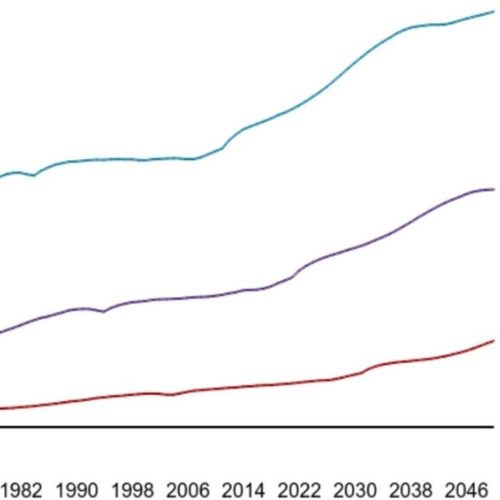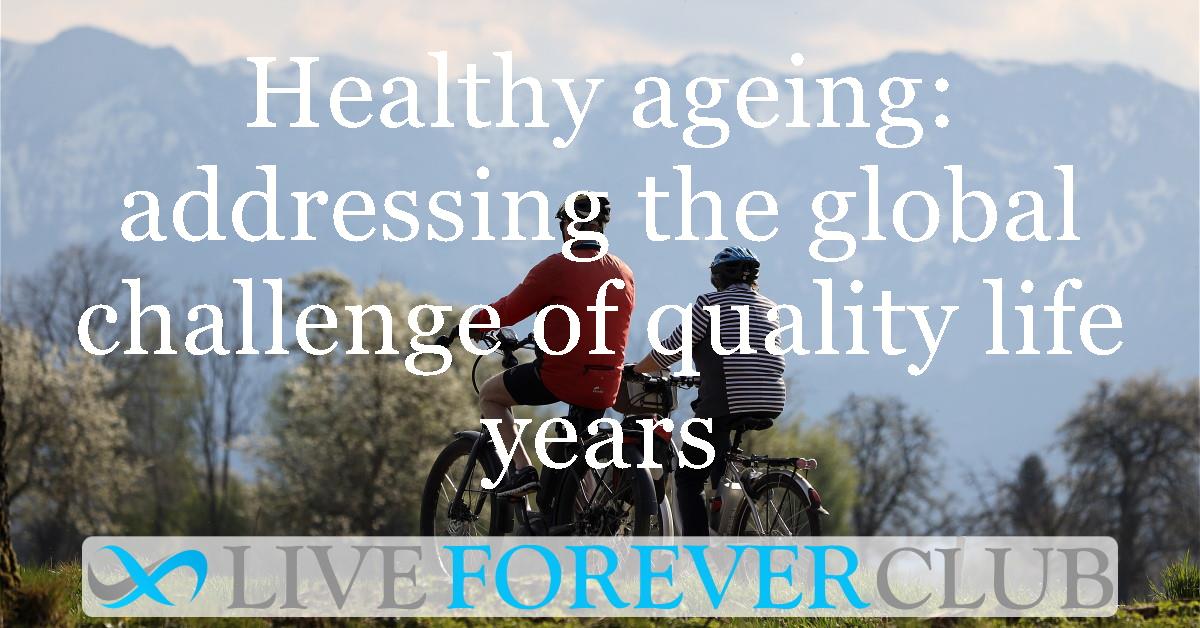The world is witnessing an irreversible trend of population ageing due to declining birth rates and increased life expectancy. This demographic shift presents profound challenges, such as increasing dependency ratios and higher social security and medical care costs for the elderly. However, it also presents opportunities through a new demographic dividend.
A study conducted by researchers from the School of Population Medicine and Public Health, Chinese Academy of Medical Sciences & Peking Union Medical College, Beijing, China, provides an exhaustive global analysis of the trends in healthy and unhealthy life expectancy among adults aged 60 and over from 1990 to 2019.
Research Details
The researchers used data derived from the Global Burden of Disease Study 2019 (GBD 2019) to provide an in-depth analysis of global trends in life expectancy, healthy life expectancy (HALE), and proportion of years in ill health (PYIH) for older adults. The study also examined the correlation between these metrics and socio-demographic indicators and health services metrics.
Results
From 1990 to 2019, global life expectancy and healthy life expectancy among older adults exhibited a steady incline. The most rapid pace of advancement in life expectancy was recorded in South Asia and the East Asia & Pacific regions. However, the growth in overall life expectancy does not always correlate with a proportional increase in years lived in good health. This suggests a prolonged period of morbidity or disability for older adults, emphasising the need for health systems to shift focus from extending life to prioritising the quality of the extended years.
China demonstrated remarkable progress in both life expectancy and healthy life expectancy, with its growth rates being among the highest on the global stage. However, the rise in PYIH-60 among older adults in China indicates an area of concern, suggesting potential areas for targeted healthcare interventions and policy implementation.
Implications
The study's findings highlight the necessity to consider both healthy and unhealthy life expectancies for a comprehensive comprehension of health trends within the ageing global population. Such an understanding becomes essential for policymakers and public health practitioners to devise strategies that prioritise not only longevity but also the quality of life. As global demographics trend towards older age profiles, these insights may serve as the groundwork for transformative health policies and interventions, thus ensuring both increased longevity and vitality.
The findings were published in the journal China CDC weekly.








